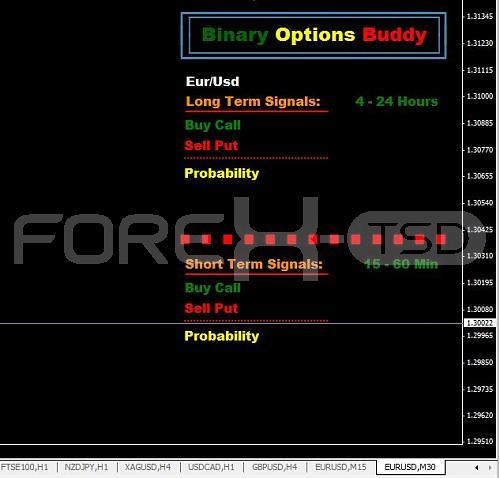Indicators for options trading 2
Post on: 20 Июль, 2015 No Comment

Now we talk about indicators in options trading. When you trade stock you are not bothered by the time. You buy a stock and if the stock goes bad you can hold it till it recovers. In options if the move goes wrong then it is better to square off the trade and take a new one rather than waiting for the trade to recover. The reason is the time value component of premium. As time to expiry reaches closer the strikes loses value. This is why the timing with momentum is the key thing in options trading. It is much easier to master stock trading. Mastering options trading is a very very difficult thing.
As we saw in the last pose that indicators tell you when to go in and out. Some indicators move ahead of the market and some behind it. In both cases you are almost never in line with the price of the underlying. This is the biggest thing with using indicators. RSI may say that a stock is overbought but it doesn’t mean that there will be selling immediately in the stock. Selling might take some time to come to relieve the pressure of an overbought. In some cases a selling trend might never come. An overbought stock might be caught in a range and during that range the RSI will adjust itself. RSI will go down and once the range is broken RSI will again start going up. An overbought stock doesn’t always mean a selling spree. So if you bought puts thinking that RSI reading says it is overbought then you will be caught on the wrong foot if selling doesn’t come.
The other thing with indicators is that when they were calculated the first time they were calculated using the end of day data. Most traders use them in intraday trading. Without adjusting the fact that end of day price is a different story than intraday price. RSI in end of day charts will be much smoother. You see the same indicator in intraday chart and you will find many whipsaws. The reason is that input data increase. In end of day indicator when data range increases it flatten the indicator. It removes whipsaws and also the effect is that it removes trade signals. In intraday trading when data range increases the same indicator becomes more violent and both whipsaws and trade signals increase. This causes all the more trouble.
So what should an options trader do when deciding which indicator to use for trading? There is no final answer to that. You need to understand you own trading style. How much capital you have and what targets have you set for yourself. Once you finalise all that then you go about making a trading plan. And part of it is choosing the indicator. I think traders who rely heavily on intraday trading are the ones who are trying to make quick money. I personally am not a big fan of this theory. For me the swing method is the best way to approach both stock and options trading. But those who want to go ahead with intraday trading must first study the indicator. Don’t just read a short note on any website and think that this is all you need to know.
If you don’t know how an indicator is calculated then you will not know what affects the indicator and how it behaves. You will end up trading all signals it gives. And before you know it will be too late. The key to trading indicators profitably is in understanding the indicator first. What it tells, how is it calculated and what factors affect it? Both in intraday trading and swing trading. If you know your indicator then you will be able to use it well. And then trading is an art altogether. Indicator is just a brush. Now we move on to the next part. Picking indicators and decoding them. These are my views. I don’t say this is the absolute truth. I am a student of share market. Not a master. If you think i am making a false assumptions please feel free to point it out. We share, we learn.














